Growing up, I struggled with reading. As someone diagnosed with Dyslexia, that is hardly surprising. Last year I set my self a modest goal to read more books.
My target was a book every month for 2019. I did it, so I decided to set a more ambitious reading goal. Read two books every month for 2020. Well, currently I have read 36 books this year and will probably read a few more before the year-end. Here’s how I tripled the number of books I read in 2020.
Sketchnote of how to read more
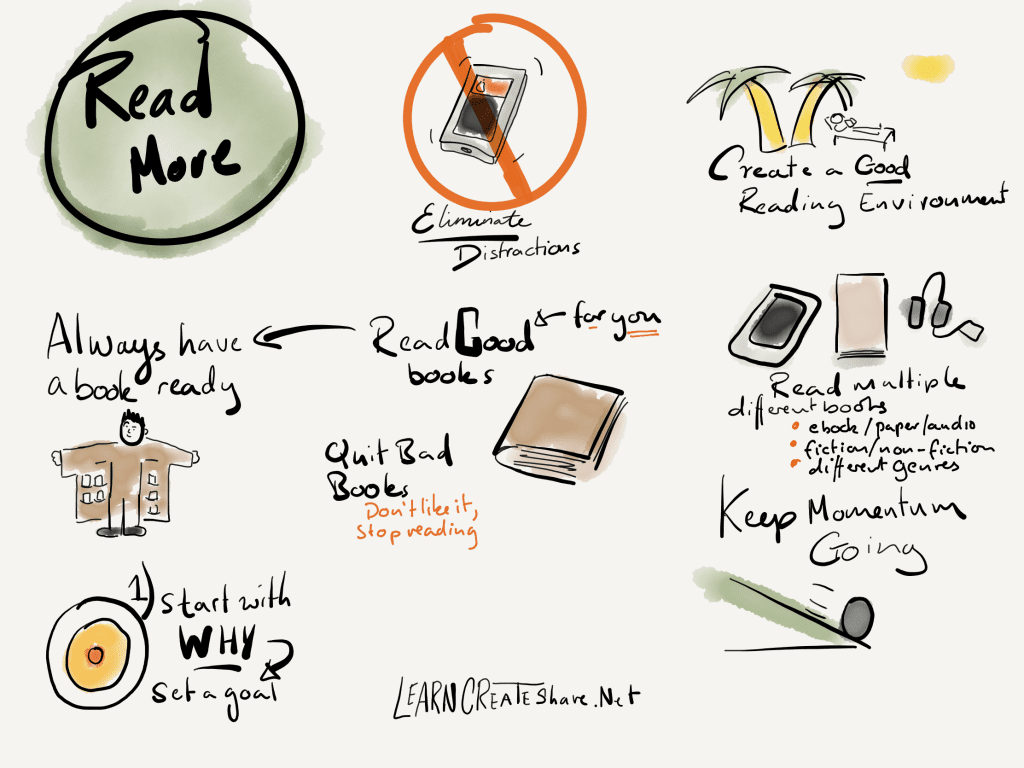
Principles for reading more
Every action I took conformed to one of a few principles. While you may choose different actions, I suspect the principles will help inform your actions.
- Want to read more books
- Momentum is key
- Create an encouraging reading environment
- Cheat (you’ll see)
Start with Why
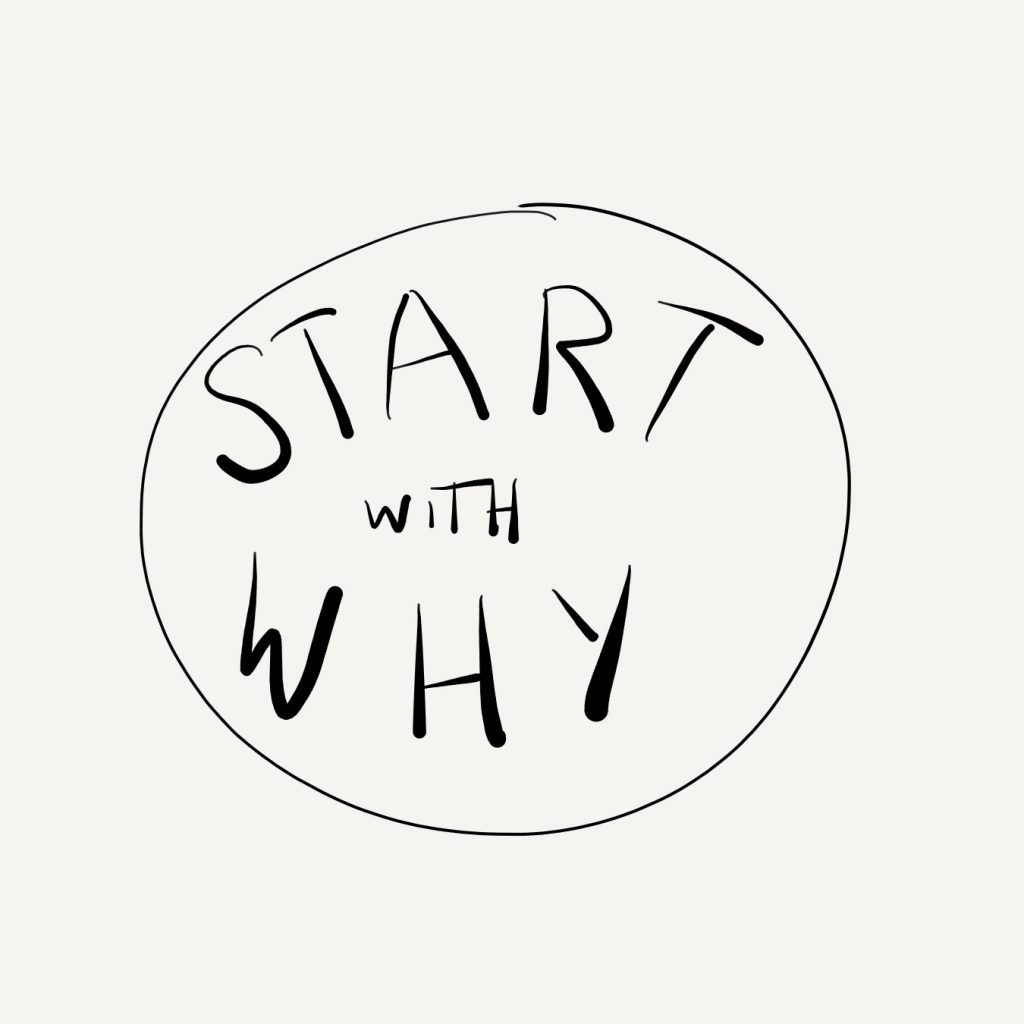
The first step was to start with the reason why. There are so many goals that are born out of ideas of what we ought to do and not whether we want to. This can lead to feelings of guilt and failure rather than motivation.
My motivation started two years ago when I revisited my intention to read more timeless books and fewer temporary articles and social media posts. Last year I started a reading habit, but I was inconsistent. I knew that I could read more by making it a regular part of my week.
That small success gave me a taste of the benefits of a consistent reading habit:
- Learning about important entrepreneurial insights
- Discovering fascinating new developments in different fields
- Stretching my imagination by entering a new fictional world
- Learning lessons from the lives of those who have gone before us.
- Knowing interesting ideas to share in conversations
- Having a break from a screen
- Gaining ideas to blog about
All these benefits provided the inspiration and motivation I needed to read more.
Set yourself a goal
The first practical step I took was to set a goal. I knew I wanted to read more than last year. I also knew my rate of reading thanks to tracking my reading in goodreads.
When I really applied myself, I could read a short book in a week (with some other reading on the side). I decided to aim for two books a month. This gave me a bit of leeway if I came across a heavier book or if life got in the way. In the end I have managed three books a month.
Form a book collective
I have never formally joined a book club, but they certainly help many readers. Instead, I have taken part in reading groups and found an informal association of like minded readers.
Some examples include the roam research book club and finding fellow readers on MicroBlog and the ness labs community.
These book groups help find recommendations for good books and can help identify parts you might miss when reading.
You can also share what you’ve read which helps practice summarizing and recontextualising information: both practices which help to understand and remember key information.
Creating a positive reading environment
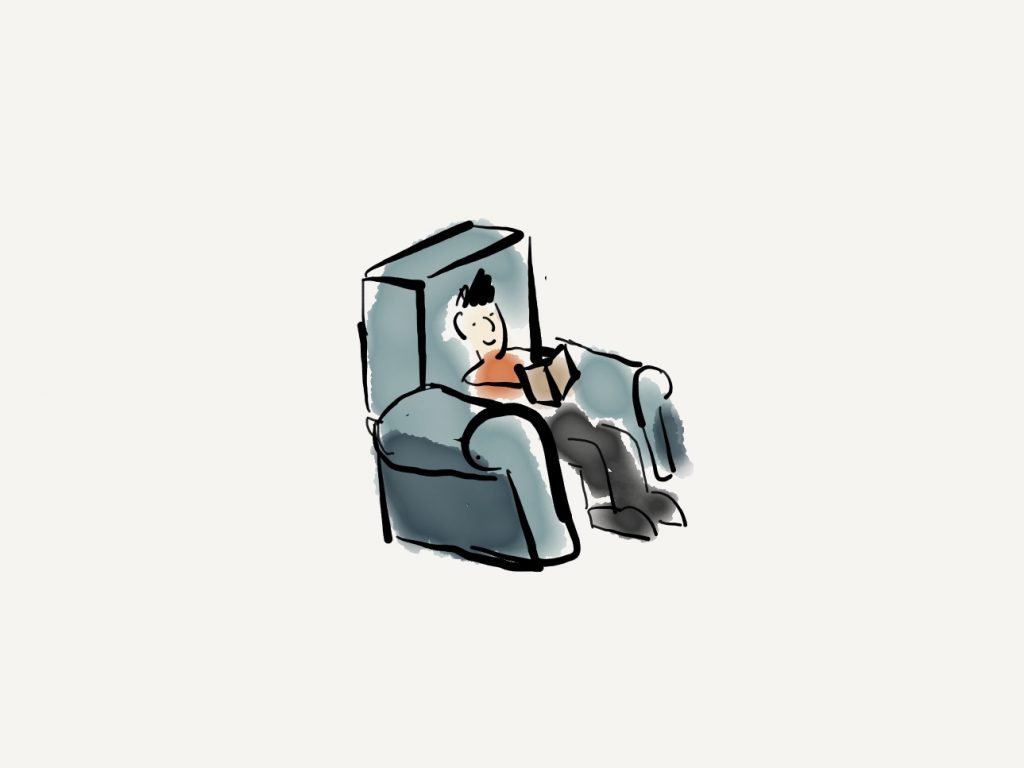
One of the core ideas from Atomic habits is to focus on creating a habitat that encourages a certain activity (and prevents distractions). This is more effective than seeking to increasing or exercise your willpower.
Here are some practical points on how I created a positive reading environment.
1. Always have something to read
There are two aspects to this idea:
- Keep a collection of books that you can start reading as soon as you finish one book.
- Keep a book with you at all times.
These two aspects means you always have an option to read. So you never find yourself in the situation of wanting to read, but not having anything. I save books that sound interesting to a list in my task manager and knowledge management system — Obsidian.
I also frequently buy books for kindle even while I’m still reading a book, so I have a library ready for later. Admittedly, sometimes I don’t ever read these books as they don’t seem interesting later, but It still helps create the right reading environment
2. Set times to read
Initially, my reading time was at least one evening a week and during commutes. The COVID-19 pandemic and lockdowns ended that habit and caused a blip in my reading routine.
I adapted. I soon found the time after I gave my daughter a bath was the perfect time to get in a chapter or two. Plus, reading in the evening felt an even better way to relax after a day of non-stop screens.
3. Read good books
This feels stupid to say as it’s so obvious but it’s easier to read good books than bad books. That doesn’t mean you should only read light and easy books, while avoiding intellectually challenging material. Instead, pick books you want to read, not feel obliged to read.
That doesn’t mean that you shouldn’t try some books that are outside your comfort zone. You may find that you enjoy them! Just don’t try to keep up with the latest “must reads” out of social pressure. You should read books that you want to.
Also, you can always…
4. Quit bad books
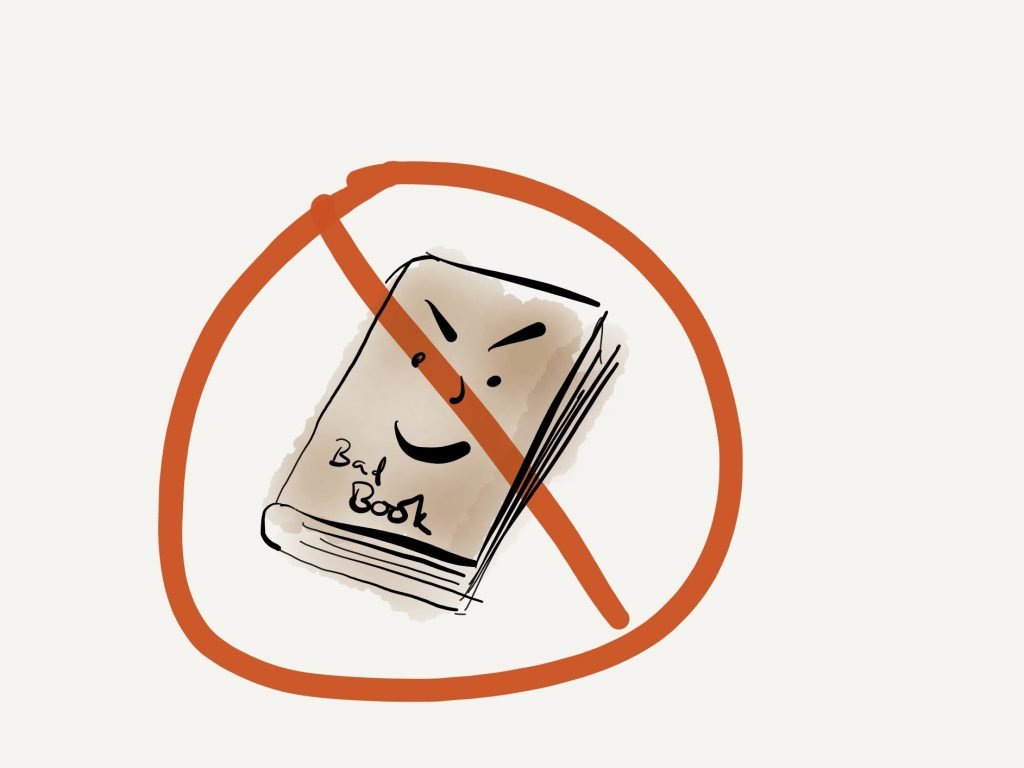
Some books just aren’t for you. That’s okay. If you find yourself somewhere into a book and decided that it isn’t for you. Quit. It’s okay.
The faster you quit your bad book, the sooner you can start reading another good one. You can even come back to the book later if you wish.
5. Use external motivators
Intrinsic motivation (motivation for the process of an action) trump extrinsic motivation (motivation for the product or reward). While most of the points here have address intrinsic motivation (as it’s more powerful), it’s also okay to use some external motivators too.
Early, I mentioned that I set a goal. I put my target number of books in Goodreads, so I could track my progress. Every finished book was another step on the way. I also used Streaks to encourage myself to read something every day. These little motivators can help get into a state where intrinsic motivation takes over.
At the same time, you need to be careful with external motivators, they can supplant and kill your intrinsic motivation.
A nudge is good, but make sure you revisit your why.
6. Avoid distractions
It’s easy to disappear down the internet rabbit hole of Wikipedia articles, twitter threads, non-stop news and YouTube autoplays. These forms of content can be interesting, relevant and even edifying. But they are more likely distrations. They are a form of pushed content that often gets in the way of what you actually want to read. It’s good to set up some barriers against these distractions like:
- limiting access to social media on your phone
- reducing notifications
- setting timers for certain activities.
The following points are controversial and may not work for you. They do, however, work for me.
Read different genres
You might have a favorite style or type of book, but variety is the spice of life. Sometimes reading books of the same genre can get tiresome. By switching from fiction to non-fiction or from thriller to biography, you can have a fresh change and boost your motivation.
This can work well with using different book formats.
Use different formats of books
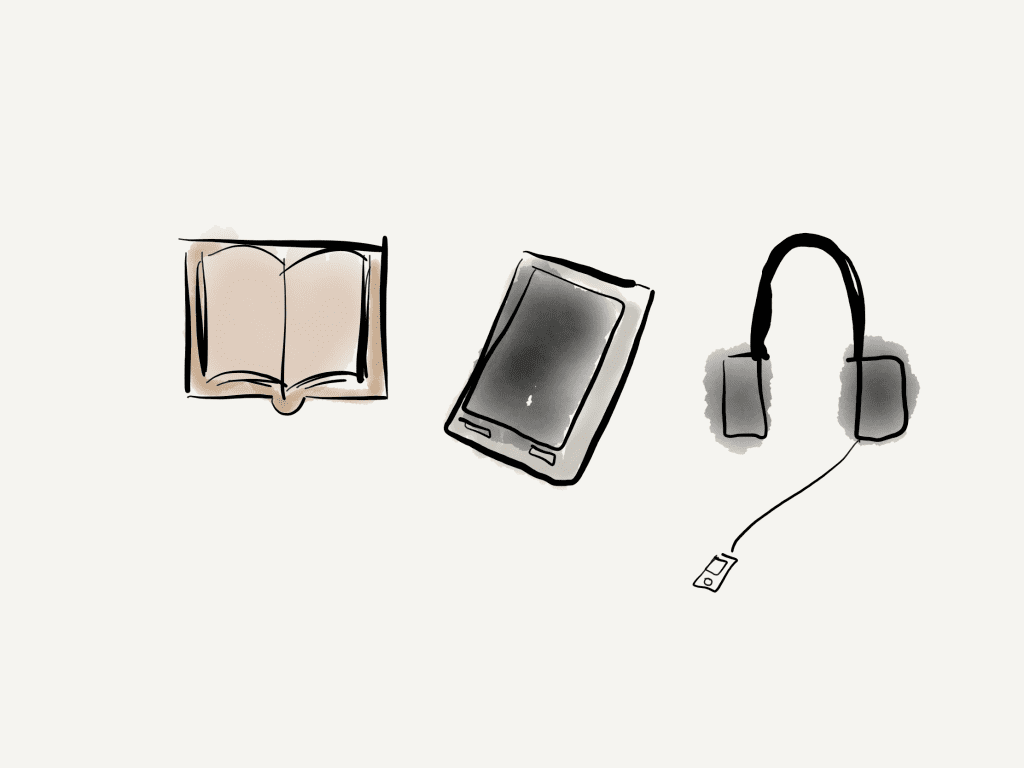
I read both e-books and paper books (as well as listen to audiobooks). This is partially out of necessity (I can’t always get a paper book in Poland) but also for variety. Ebooks, whether on kindle or a phone/tablet and app, are great for travel as they don’t take up so much space. Paper books are great at home. And audiobooks are great when your hands are occupied.
I also find certain types of books are better suited to different formats.
- Fiction works well in paper (the experience) and audiobook (for long car journeys)
- Non-fiction business works well in e-book (highlighting) and audio (2x speed!)
- Books where you want to jump around are better in paper
You may find that you prefer paper books for highlighting (and writing notes in the side). That’s fine. It’s important to work out what type of books works best for you in which format. Some of my preference is determined by using the service Scribd (a kind o Netflix for books) which has e-books and audiobooks.
Have multiple books on the go at once
Some people prefer to read one book at a time, so they can focus on it and get through each book quicker. I, however, prefer to read several books at once.
By using different formats, I can have multiple books on the go at once with clear distinctions for when to read each one. This also helps provide some variety when you don’t feel like reading a certain book today. You can switch to a different book. Some possible options include…
- Have a paper fiction book on the go if you tend to read non-fiction on a Kindle
- Have an audiobook as an alternative to your paper book
- Read a biography as a break from the theoretical book.
- Have a book on a topic “for fun” as a break for the book “for work”
It’s really up to you, and you should experiment and find the right book combinations for you.
Cheat 1 – use faster playback with audiobooks
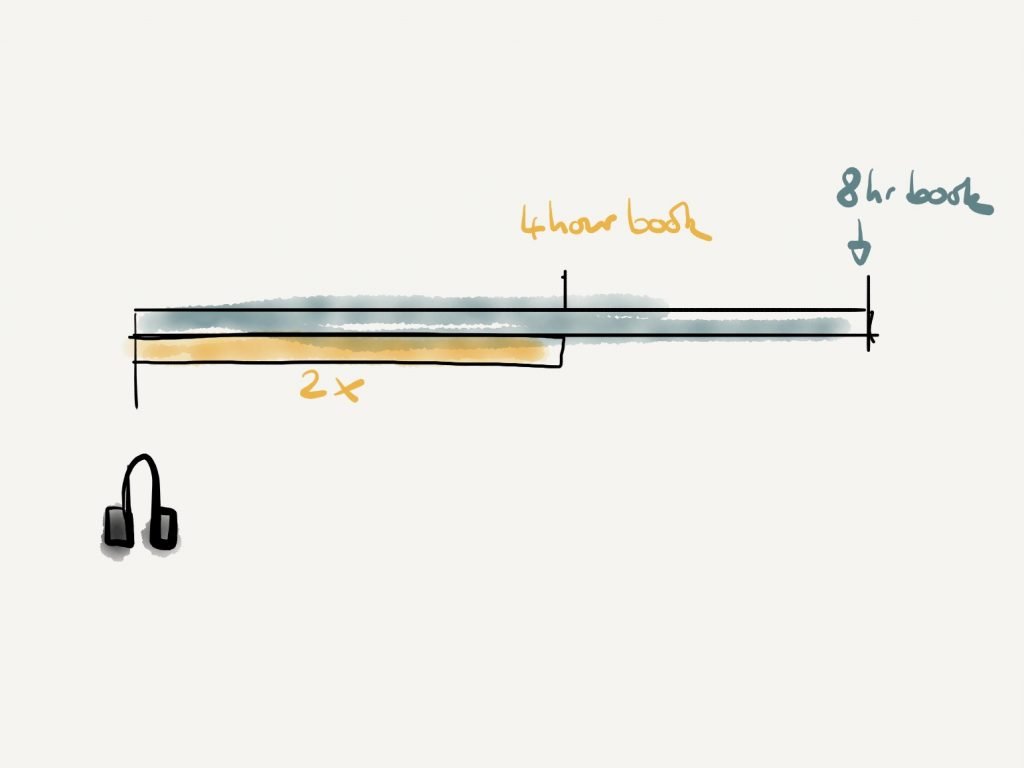
Most audiobook players can have faster playback speeds. I resisted this idea for a long time. 2x speed felt against the spirit of audiobooks. I also worried about not taking notes at key moments.
That was a misplaced fear.
Pausing is easy enough to do and it’s possible to rewind a few second (or re-listen). This also helps practice the “read, recite, review” process that helps remember information better.
You can try speeding up to just 1.1 or 1.2x and then slowly increase from there.
I sometime feel a bit anxious when I listen at 2x but 1.5x is always comfortable for me now. In fact, 1x feels strangely slow.
Cheat 2 – Finishing what I started last year
One trick I’ve employed to boost my numbers in this final month is returning to some books I quit this year and last year. These range from 25-75% finished, but they’ve helped me rack up my numbers in these final two months.
I didn’t force myself to read these books, they were all books I wanted to read. For one reason or another — another book came along or a section felt less relevant/interesting — but I wanted to return to them.
This helped grease the figures but I still read more than previous years.
My goals and ideas for next year
I’ve set my sight on 45 books for next year. Not quite one a week, but getting closer. I’m planning on using all the same tactics as before and some new ones including.
Getting a kindle or similar ereader
While using a tablet it great and has some advantages. A dedicate ereading device is less distracting. I’ve heard many other writers like Ali Abdaal recommend getting a kindle to read more.
Writing more books summaries
While I have created some book summaries this year, I want to make more. Doing so can provide some extra external motivation. There is a risk that this will prove to be a distraction, so we’ll see how this experiment goes.
What’s your advice how to read more books in a year?
I’ll admit that what worked for me, might not work for you and there may be some ideas or practices that I am missing. I’d love to know how you have been able to increase the number of books you read in a year. Leave a comment with your advice.

Leave a Reply